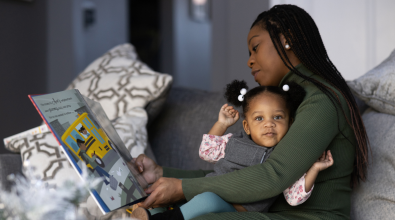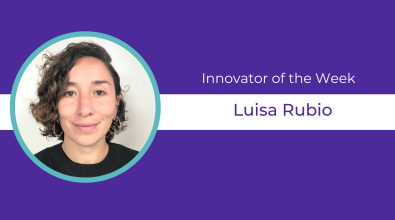How partnership with the visually impaired helped Virtual Warsaw

There’s no question that a trip to city hall can be a pain in the neck. But for one man in Warsaw, Poland, it was particularly so. Someone had inadvertently switched off the device that reads aloud the ticket number being served, and the man, who was visually impaired, waited hours before realizing he wasn’t ever going to get the help he came for.
The problem itself was easy to fix — simply turn the device back on — but it sparked an idea among city workers to try to tackle a much bigger issue: how the city could better serve the visually impaired. “That story made us wonder if we could change the life of visually impaired residents,” said Tomasz Pactwa, director of the city’s welfare and social project department. “We wanted to see if we could serve them better.”
Warsaw’s visually impaired residents would be as key to the solution as they were to bringing attention to the problem in the first place.
What Pactwa didn’t realize at the time was that Warsaw’s visually impaired residents would be as key to the solution as they were to bringing attention to the problem in the first place.
He and his team developed Virtual Warsaw, an app designed to improve the accessibility of the city to blind and visually impaired people by installing dozens of beacons that communicate directly with smartphones. The concept, for which the city was a winner in the 2014 Bloomberg Philanthropies Mayors Challenge, was simple: People download the app to their smartphones, and then the app provides navigation prompts and other key information to help them move independently throughout the city.
But an early pilot of Virtual Warsaw revealed a critical flaw in its development. Pactwa’s team initially conceived of the app’s navigation component acting like a standard GPS, “turn right in 20 yards … take 10 steps forward … you have reached the lift.” However, when testers got their hands on the prototype, they reported that the app was actually providing too much information to be any help at all.
By flooding users’ ears with step-by-step instructions, the app made it difficult for them to also listen to their natural surroundings — something that’s especially important for the visually impaired. When they used the app “it was like they were blind twice, because they weren’t able to listen to what was going on around them,” Pactwa said.
That initial misstep made it immediately clear that the app’s end-users would need to be equal partners in Virtual Warsaw’s creation. So, the city paid for visually impaired testers who could provide real-time feedback and partnered with two Polish nonprofit groups who received municipal grants to further pilot the project.
As Pactwa and the Virtual Warsaw team prepare for one last pilot before their planned 2018 launch, Pactwa said the city’s partnership with the visually impaired has been the most integral part of the effort. “Engagement of the end-user is the key element,” he said. “If you want them on your side, you have to partner with them. By building an equal status on the other side, they’re as invested in the success of this app as we are.”


